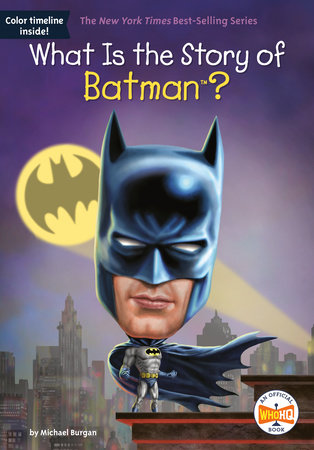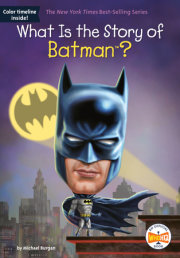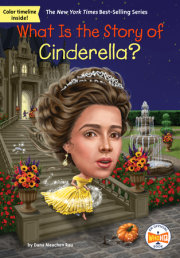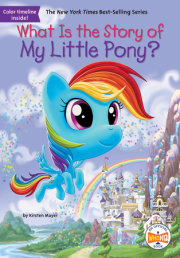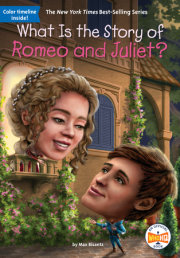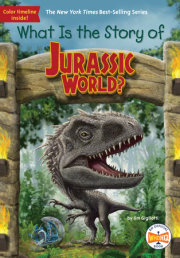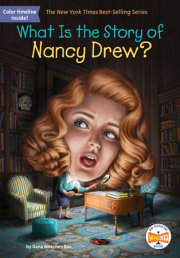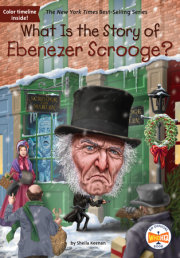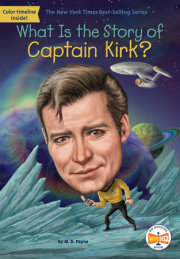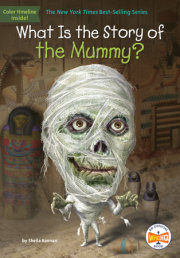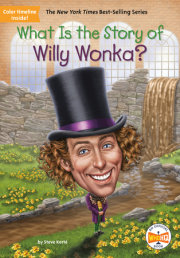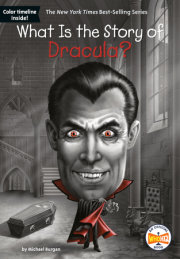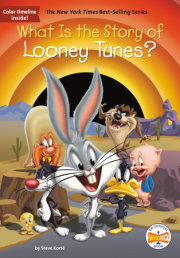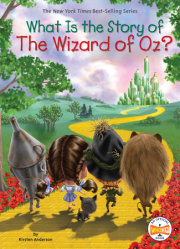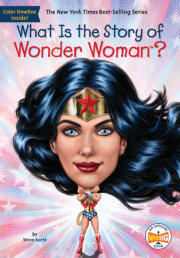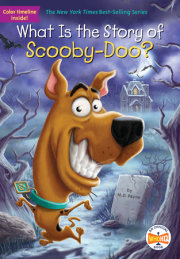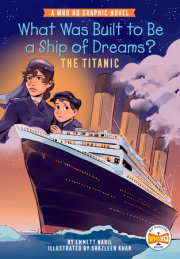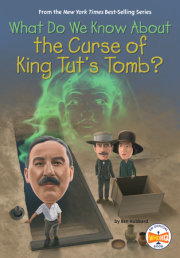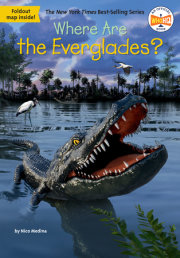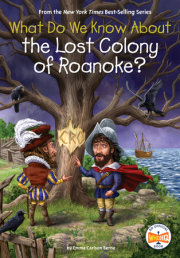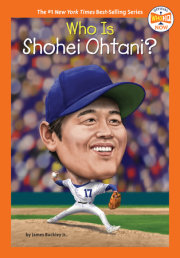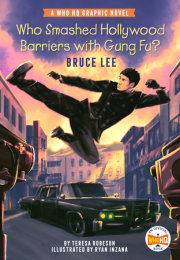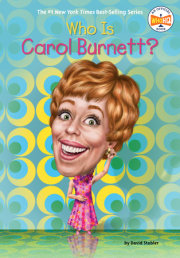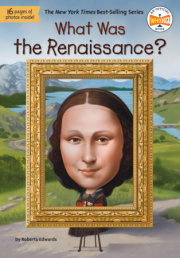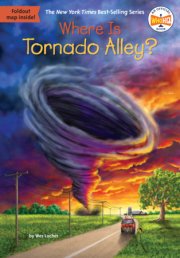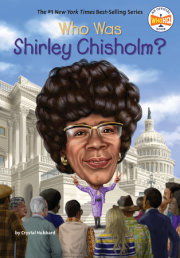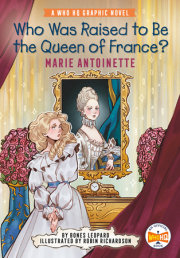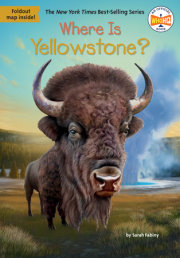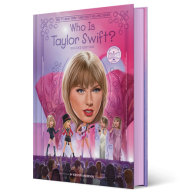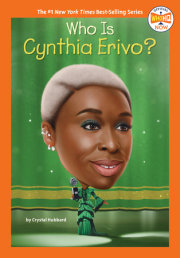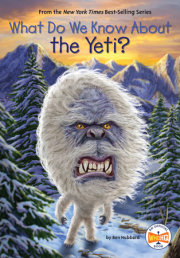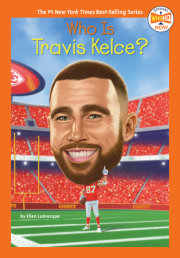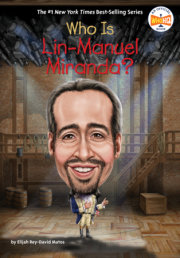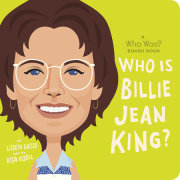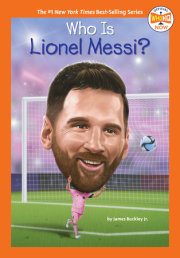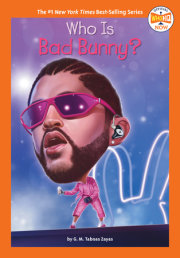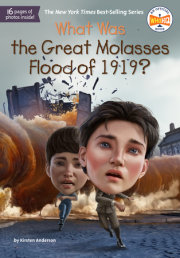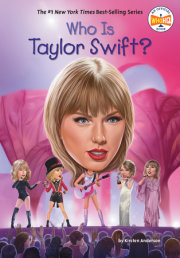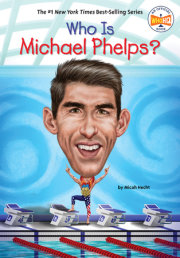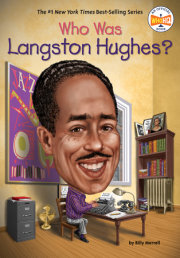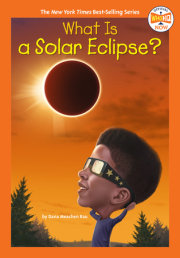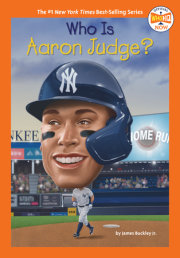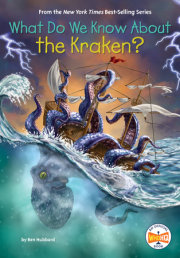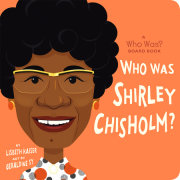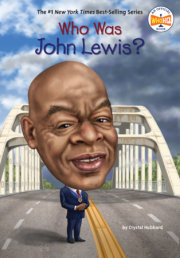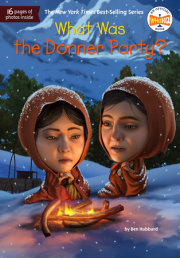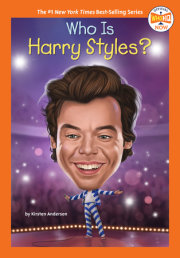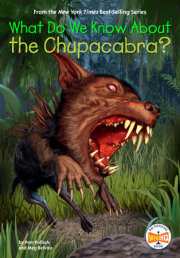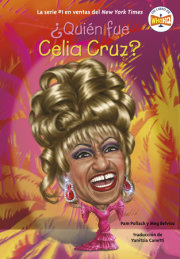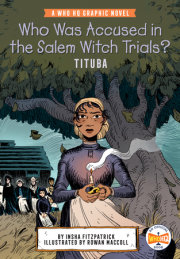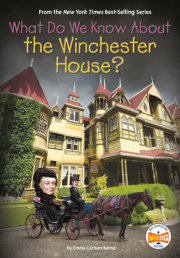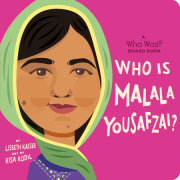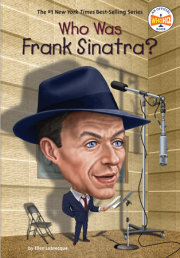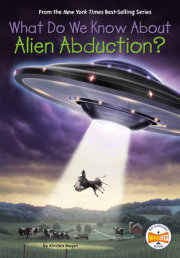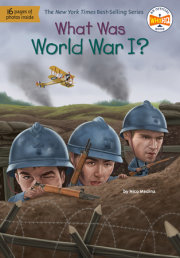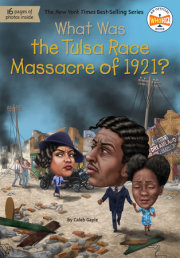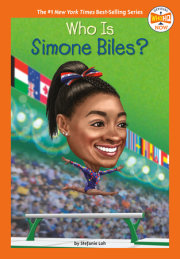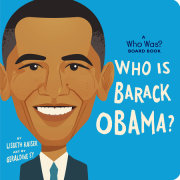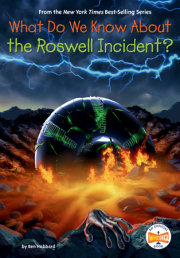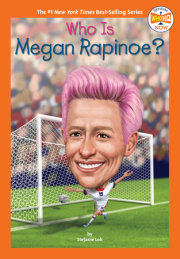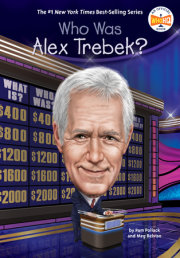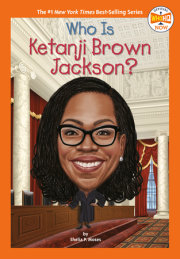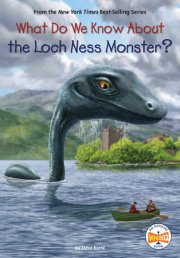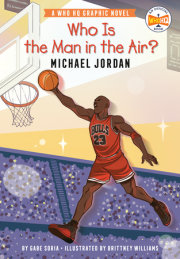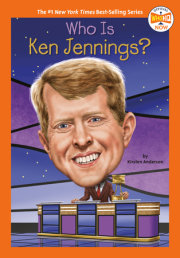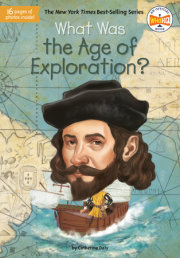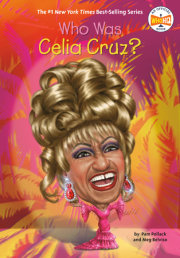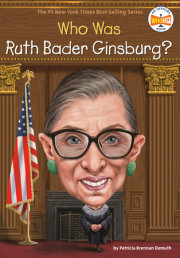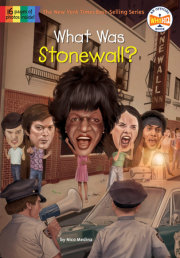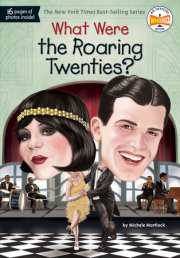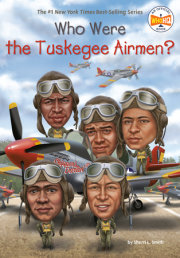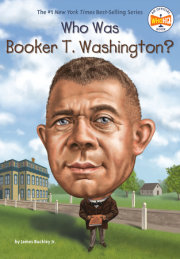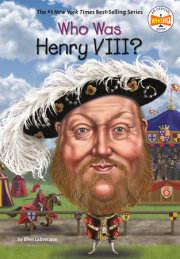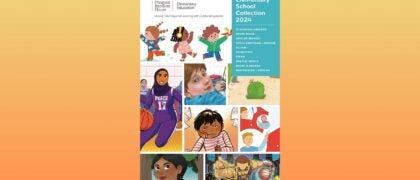What Is the Story of Batman? In 1939, comic book fans across the United States met a new super hero. When they picked up the May issue of
Detective Comics, they saw someone called the Bat--Man on the cover. He wore a black mask and a cape that opened like a pair of bat wings. Who was Batman? Readers soon found out.
In
Detective Comics No. 27, Batman’s story was called “The Case of the Chemical Syndicate.” His name was written as “The Bat--Man.” In it, Batman searches for clues to solve a crime. Along the way, he goes after the bad guys. He knocks one out with a single punch. Batman picks up another and tosses him over his shoulder! Using his brains and his great strength, Batman solves the case.
Batman appeared in other issues of
Detective Comics. The super hero tracked down and captured all sorts of criminals. His belt held tools that helped him fight crime, including a rope Batman used to swing from one rooftop to another.
More comic book readers became Batman fans, and in 1940, he became the star of his own comic book. It was titled simply
Batman, and it promised “all brand new adventures.” By now, Batman had a young friend named Robin, who helped him fight crime. In that first issue of
Batman, they are trying to catch the Joker. Batman and Robin track him down and arrest him. But the Joker is a clever criminal, and he manages to escape. The Joker would become one of many villains Batman faced again and again.
Since the first Batman comic in 1939, millions of people around the world have come to love Batman. He’s also sometimes called the Dark Knight and the Caped Crusader. Over the years, his costume has changed, and he has faced new villains. But fans know one thing is always true: Batman is a smart, strong, and complicated super hero who will always fight for justice.
Chapter 1:
The Birth of Batman As a child, Bob Kane eagerly read the comics in the newspaper. He loved to draw, and by the time he was in high school, he knew he wanted to be an artist. But not an artist who worked with paint, or turned clay or marble into sculptures. Bob Kane wanted to draw comic strips and create his own characters. And in 1938, he got the chance.
At the time, Bob was working for Detective Comics, which eventually would be known by the initials “DC.” The company published several different comic book series. One was called
Action Comics. In 1938,
Action introduced the world’s first super hero: Superman. The Man of Steel, as he is also known, is from a distant planet called Krypton. Bullets can’t harm him. He uses his X--ray vision to see through walls, and he can fly. Superman also has another, more average, identity. When he’s not catching criminals, he’s a newspaper reporter named Clark Kent.
Comic book fans in 1939 loved Superman. His success convinced DC Comics that it needed another super hero. A DC editor, Vin Sullivan, asked Bob if he wanted to try creating one. He quickly said yes. Leaving work on a Friday, he went home and spent the entire weekend developing his new character.
As he worked, Bob thought back to some drawings he had seen years before. The great Italian painter and inventor Leonardo da Vinci had sketched out ideas for early flying machines—-hundreds of years before the first airplanes flew! One of his drawings showed a machine with large wings. Da Vinci never built flying machines that worked, but his sketches inspired Bob Kane. His new super hero would have wings, too.
Bob drew wings like da Vinci’s on the figure of a man. He thought of several different names for the character he created, such as hawk--man, eagle-man, and bird--man. Then in bigger letters, he wrote, “Bat--man?”
He also copied down some words da Vinci had once written as he studied the idea of human flight. Da Vinci had said that a bat would be the perfect model for learning how to fly. Just before he created Batman, Bob Kane dug his early drawings out of a trunk, where they had been stored for years. Seeing his old drawings again inspired Bob to create the Batman the world knows today.
Bob also thought of an old movie hero he had seen, called Zorro. On--screen, Zorro fought bad guys while wearing a black mask across his eyes. The mask helped to hide his real identity as a wealthy landowner named Don Diego. Bob decided to give his super hero a mask. Batman’s identity would be a secret, too.
But the drawings of this new Batman were still not enough to launch a comic book. Bob needed someone to write stories for his super hero, so he turned to Bill Finger. Bill and Bob had worked together on other comics. Bob showed his partner the sketches of Batman, and Bill came up with a few suggestions. He thought Batman’s costume should be mostly gray to create a feeling of mystery. He also thought Batman’s mask should look even more like a bat’s head than what Bob had originally sketched. He then suggested that Batman should not have actual wings, as the da Vinci flying machine did. Instead, he would have a cape that
looked like bat wings, so that he could move around easily to fight criminals.
On Monday morning, Bob showed his drawings of Batman to his editor, Vin Sullivan, who took them to his boss, Jack Liebowitz. As he said years later, Liebowitz didn’t understand the idea of a crime fighter who dressed like a bat. But Superman had become so popular, DC Comics wanted to take a chance on a new super hero.
Batman’s look was complete. Now Bill Finger had to write a few adventures for him. He thought of Batman as a brilliant detective who was also a skilled athlete and fighter. Unlike Superman, Batman was human. He did not have super powers. He could not fly or see through walls. And—-because he was human—-he could be wounded by bullets or hurt in a fight. Batman had to use his strength and smarts to defeat any bad guys he faced.
Batman made his first appearance in a comic book called
Detective Comics dated May 1939. The cover promised readers “the amazing and unique adventures of the Batman!” And comic book fans were delighted!
Copyright © 2020 by DC Comics. All rights reserved. No part of this excerpt may be reproduced or reprinted without permission in writing from the publisher.

